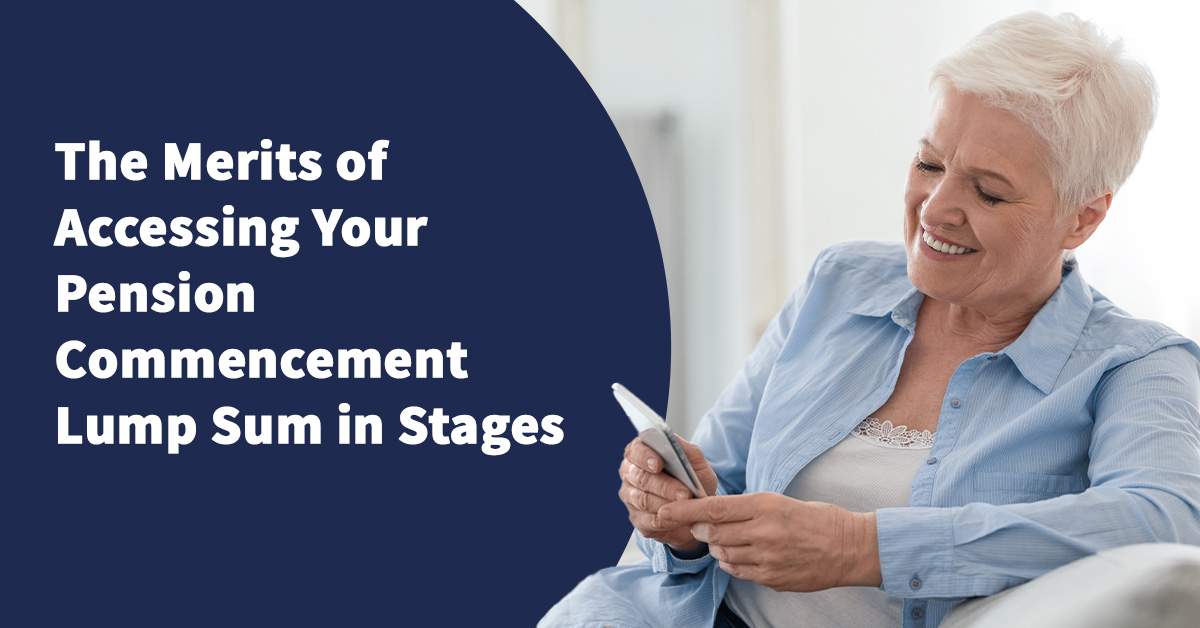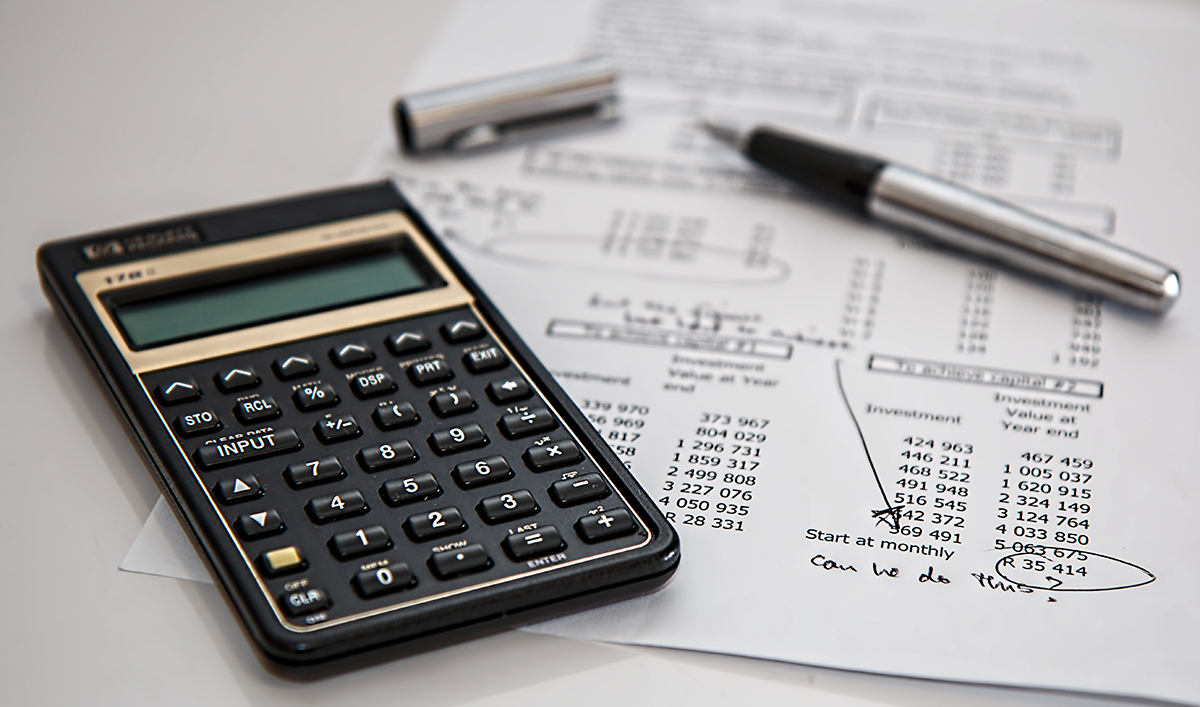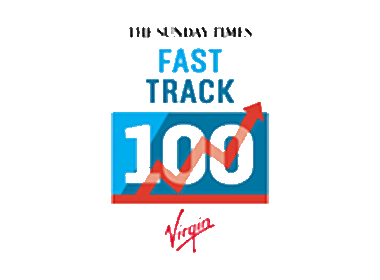What is a SIPP?
A SIPP is an acronym for a Self Invested Personal Pension. It is a UK government approved pension scheme, sometimes referred to as a pension wrapper. A SIPP allows an individual to make their own investment selection and decisions. A SIPP can offer a much wider investment selection than most stakeholder pensions allowing you to take much more control over your pension pot, whilst offering more flexibility than employer pensions or other private pension plans.
Why should I transfer my pension to a Self invested Personal Pension (SIPP)?
Here are just a few of the reasons you might want to think about transferring your pension:
- Your pension scheme is being closed or it is underfunded
- You want to move to a scheme that is cheaper
- You want more investment choice from your pension
- You have a number of pensions and want to consolidate them in one place
- You may wish to transfer from a final salary scheme for succession planning reasons/death benefits
- You may have been offered an increased transfer value (CETV)
- The parameters of your defined benefit scheme have worsened. Such as an increase in the retirement date, lower accrual rates, reduction in spouses benefits
- You may wish to access your pension benefits earlier than you’re the schemes normal retirement date (without penalty) The earliest you may access benefits with a SIPP is age 55
- Flexibility in how benefits are taken is important to you
- A transfer would afford you with a larger pension commencement lump sum
- You are in poor health/limited longevity
- leaving a legacy is important to you
- You seek more control over income tax payable in retirement
- A guarunteed income in retirment is not a priority for you
How do I transfer to a SIPP?
You will usually have the option to transfer other pension benefits to a SIPP, whether this from a defined contribution scheme or by taking a cash equivalent transfer from a defined benefit scheme. However this will largely depend on the rules of the scheme. For example it is no longer possible to transfer away from an unfunded public sector scheme. It is also necessary to ensure the SIPP you plan to transfer to is an approved scheme. Before you transfer it is advisable to consider taking financial advice. If you are planning on transferring away from your final salary scheme and the transfer value is over 30,000 pounds you will have to take regulated financial advice from an adviser that specializes in pension transfers and whom is regulated to provide pension transfer advice.
Before you consider transferring a pension it is important to ask yourself whether there are any penalties for transferring. Whether you may lose any safeguarded benefits and what the charges are on the current plan and in the new SIPP.
What can my SIPP invest in?
SIPPS offer a very wide investment choice. You can invest in any standard investment which is one which is FCA regulated or traded on a recognized exchange or market. Most SIPP’s will allow investments into Unit trusts, Government securities, insurance company funds, Mutual funds, commercial property, individual stocks and shares, cash and deposit accounts, ETC’s and ETF’s, OICS, Offshore investment funds.
Rsidential property is not a viable option for investing within a SIPP. Any investment that is deemed as residential can have serious tax consequences if accepted into a SIPP, with tax charges of 55 per cent. There are however limited exemptions where residential property may be a feature of a commercial property, such as a workplace with a managers flat above. The occupant would then need to be an unconnected employee of the tenant company.
At what age can I access my SIPP?
Pension flexibility was introduced in the UK in 2015. You can now access your SIPP From the age of 55 (at the earliest) unless you are in serious ill health. You will be entitled to 25% of the funds value of your as a tax-free lump sum. The remaining fund should then be used to provide you with regular income throughout your retirement. This income can be taken various ways and in varying amounts. But this is an important consideration as you do not want your pension to run out and you must consider the tax implications of withdrawals. Please see other FAQ’s.
How much of my SIPP can I access?
The new pension flexibility rules mean that SIPP’s can be extremely flexible. Once you reach 55 you can access your whole pension pot however you decide. This can sometimes be useful if you have a large debt such as a mortgage you want to pay. The balance can then provide you with a pension via income withdrawal (drawdown) from your SIPP or can choose to purchase an annuity. Another option is take ad hoc lump sums (see also UFPLUS)
Are there any tax advantages to a SIPP?
There is no difference in the tax treatment of a SIPP compared with other forms of personal or occupational pensions. Whatever you put in qualifies for tax relief at your highest rate but be aware of the maximum you are allowed ton contribute that will be eligible for tax relief.
Those with no UK earnings at all can make contributions up to £3,600 a year including tax relief. As an example you could put £2,880 into yopur SIPP and HM Revenue & Customs (HMRC) would add a further £720 directly into the SIPP. There is also no Capital Gains Tax payable on any growth in the value of investments or properties held within the scheme.
When you reach the age at which you can begin drawing your pension, you can take 25% of your pot as a tax-free lump sum. This doesn’t have to be all in one go – you can spread it out over a number of years. Either way, it will be taxed as income at your marginal rate in the usual way as you receive it. So beware if you are planning on taking it all at once this may take you into a higher tax threshold.
The introduction of pension flexibility has seen a sharp rise in the number of people’ cashing in’ their pension pots. Remember this is your pension income and needs to last your lifetime! This may be ann option if you have other pensions or assets or retirement income but if it is your only income in retirement care must be taken to ensure you don’t take out too much too quickly.
An additional tax to watch out for is the lifetime allowance charge. The Lifetime allowance on UK pensions limits how large your pension savings can grow. The lifetime allowance is currently £1.03m. If you exceed this, you will pay a 25% additional charge if you take the excess as income or 55% as a lump sum.
What will happen to my SIPP when I die?
This will depend on a number of factors. Namely if you have entered into drawdown yet and whether you have reached the age of 75.
If you die while receiving income from a drawdown contract, your dependents options are as follows:
If you die before age 75, any drawdown benefits can usually be passed on free of taxThey can be passed on either as a remaining lump sum or as Flexi access drawdown (FAD)Note the benefits must be passed within a 2 year window and the benefits will be subject to a test against the lifetime allowance.If you die on or after age 75, any benefits will be taxed at the beneficiary’s marginal rate. Your chosen beneficiary/s can continue the drawdown and carry on taking an income from it, in which case they’ll pay tax on the income at their marginal rate.The is no further lifetime allowance text after the age of 75
What is Flexi access drawdown?
Since April 2015, all new drawdown products are built to offer flexi-access drawdown and this this includes all SIPP’s. Flexi-access drawdown, also known as FAD allows you to withdraw as much or as little retirement income as you wish, while choosing how the remainder of your fund is invested. The advantage of choosing FAD over buying an annuity is that you can continue to potentially benefit from investment growth on those funds that remain invested.
What is an UFPLUS?
One option that has come into play since the introduction of the new flexibility rules is to take an Uncrystallised Funds Pension Lump Sum (UFPLS). With an UFPLUS, pension funds stay invested in the individual’s pension and they can draw out money directly from this pot as and when they wish. It works similarly to a bank account, but beware as a ‘tax payment’ could be applied each time a withdrawal is made. This option is better suited to those who want to make smaller, regular withdrawals over time rather than taking 25% of their entire pot in one go. From April 6 2015, whenever you take an UFPLS, 25% of whatever you withdraw will be tax-free, while the remaining 75% will be taxed as income – so the rate you pay on it will be 0%, 20%, 40% or 45% depending on how much you take and what other income you have in the relevant tax year.
Depending on the product/ SIPP provider, it may be possible to take multiple partial UFPLSs rather than the whole fund at once. Certain conditions apply to UFPLS and are outlined below.
The individual must be over age 55 (or eligible for early retirement due to ill-health)The individual must have available Lifetime Allowance (LTA):Those under 75 will need the whole of the UFPLS to be within their LTAThose over age 75 only require part of the UFPLS to be within their remaining LTAIt is only available from uncrystallised funds (i.e. not drawdown)
How do I move my SIPP into drawdown?
Income drawdown allows you to take capital from your SIPP while the rest remains invested.
you can choose to move all or part of your pension fund into drawdown. Moving only part of your pension into drawdown is known as partial drawdown and may be more tax efficient. Each time you move a part of your fund into drawdown you can usually take up to 25% tax-free cash from it. Income taken from the rest will be subject to Income Tax at your marginal rate.
Beware the tax man! If you are used to being taxed at the 20 per cent basic rate, because suddenly withdrawing big chunks of money each year might push you into the higher-rate 40 per cent tax bracket.
If you are considering using a SIPP to go into drawdown one further thing to think about is how to manage your pension savings in the run-up to retirement. People nearing retirement traditionally switch savings out of risky investments and into safer assets such as dividend paying investments or fixed interest.
Can I still buy an annuity with my SIPP?The simple answer is yes you can buy an annuity with your SIPP. However, for many this will be an unsuitable option. Annuities nowadays offer relatively poor value and in recent years annuity rates have been at an all time low. The benefit of a SIPP is that individuals can make pension pots last through retirement, continue to make their pension pot grow through good investment choices, and still have money left over to leave to chosen beneficiaries.
Can I transfer other pensions to my SIPP?
Most schemes will allow you to transfer your pension pot to another pension scheme and this incudes a SIPP. If you’re thinking of transferring from a final salary scheme, you or your financial adviser should ask your scheme administrator or pension provider for a cash equivalent transfer value (CETV), also known as a transfer value. Remember if you wish to transfer a defined benefit scheme valued at over 30,000 pounds you must take regulated financial advice from a Pensions Specialist.
If you’re thinking of transferring from a defined contribution scheme, you should ask your scheme administrator or pension provider for a transfer value. This is the amount that your scheme will pay across to the new pension provider in lieu of your benefits in the scheme.
Borrowing from your SIPP
A SIPP can also borrow money to purchase investments. For example, a SIPP can raise a mortgage to part-fund the purchase of a property. Such properties would normally then be rented out and the rental income received by the SIPP can be used towards servicing the mortgage repayments and the costs of running the property.
What is a safe withdrawal rate?
With so many individuals using the new pension freedoms to access their retirment income however they so wish, it is prudent to point out the benenfits of cashflow modeling and safe withdrawal rates. If you have a SIPP or are planning on starting one, the safe withdrawal rate (SWR) method can be used to determine how much you can comfortably withdraw from your SIPP each year in retirement. Safe in the knowledge that you are not going to run out of money, or deplete your retirement savings before reaching the end of your life.
The safe withdrawal rate method is a conservative approach that tries to balance having enough money to live comfortably (taking into acount inflation) without depleting your capital too early. It is based largely on the portfolios value at the beginning of retirement.
Find out how we can help you
If you would like to understand more about this topic get in touch
Related posts
 Published On: October 16, 2024|4.9 min read|
Published On: October 16, 2024|4.9 min read|Pensions planning as an expat – Is a QROPS still the right move?
More and more people are relocating for work or retirement. As a result, individuals moving overseas often prefer to transfer their UK pension benefits rather than leaving them in the UK. Likewise, those moving to the UK might want to bring their overseas pension benefits with them. Understanding the impact of such transfers is crucial.
Read more
 Published On: July 10, 2024|3.2 min read|
Published On: July 10, 2024|3.2 min read|The Merits of Accessing Your Pension Commencement Lump Sum in Stages
As you approach retirement, one of the significant decisions you'll face is how to access your pension commencement lump sum (PCLS). While it might be tempting to take the entire amount in one go, there are several benefits to accessing your PCLS in stages.
Read more
 Published On: June 27, 2024|1.3 min read|
Published On: June 27, 2024|1.3 min read|A new online tool has launched to check your state pension benefit
No more National Insurance nightmares! The UK Government's new online tool simplifies checking and topping up your NI record. Here's how...
Read more









